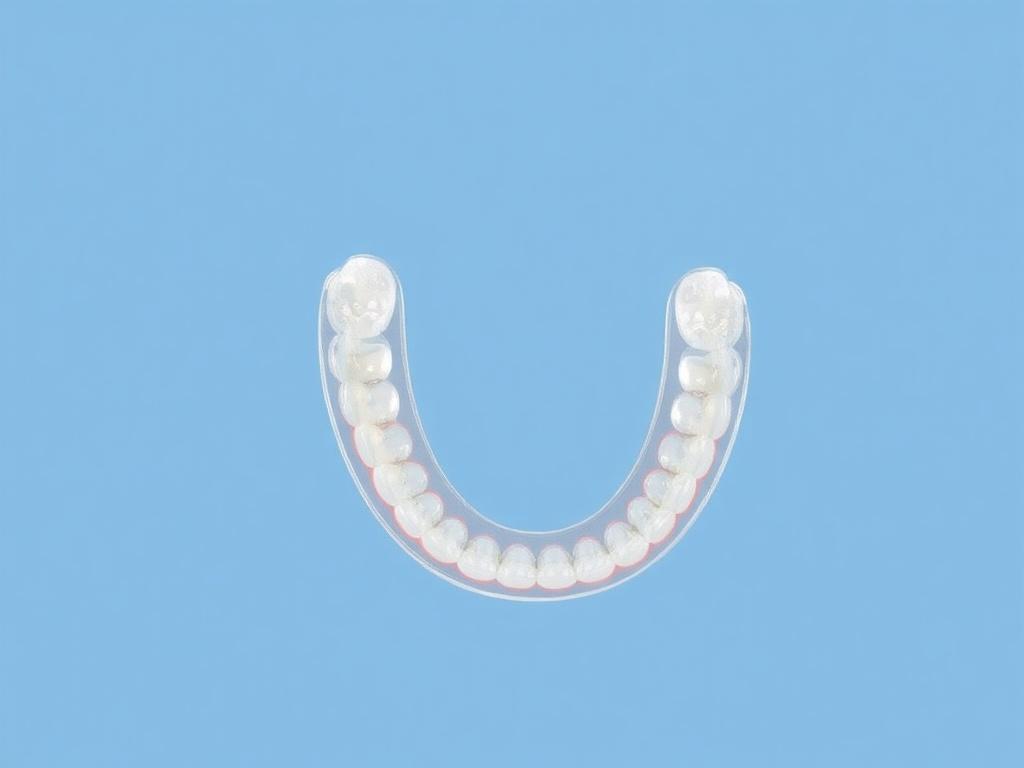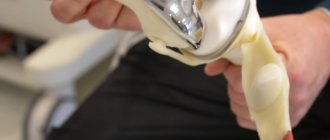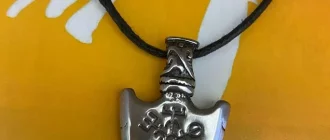When it comes to maintaining a beautiful, straight smile, most people focus on the orthodontic journey—braces, aligners, and the excitement of seeing teeth shift into place. But what happens after the braces come off? That’s where retainers take center stage, often overlooked yet incredibly important in preserving the results of all the effort and time you’ve invested. Today, let’s dive deep into the world of retainers, exploring why they’re crucial for your dental health, the different types available, how to care for them, and what you can expect in the long run.
Содержание
- 1 What Exactly Are Retainers?
- 2 Why Are Retainers Crucial? Understanding Their Importance
- 3 The Different Types of Retainers: Which One Is Right for You?
- 4 How Long Do You Need to Wear Retainers?
- 5 Taking Care of Your Retainer: Tips and Tricks
- 6 Common Problems with Retainers and How to Fix Them
- 7 Retainers and Your Oral Health: More Than Just Alignment
- 8 The Cost Factor: Is Investing in Retainers Worth It?
- 9 Tips for Remembering to Wear Your Retainers
- 10 The Psychological Impact of Wearing Retainers
- 11 When to See Your Orthodontist About Retainers
- 12 Final Thoughts: Embracing Retainers as Part of Your Smile Journey
- 13 Conclusion
What Exactly Are Retainers?
Retainers are custom-made dental appliances designed to hold your teeth in their new, correct positions after orthodontic treatment. Think of them as the finishing touch, the device that helps make your straight teeth stay put. Without retainers, your teeth are prone to shifting back to their original misaligned state—a process called relapse. This happens because the bone and tissues surrounding your teeth need time to stabilize after being moved.
There are two main types of retainers: fixed and removable. Fixed retainers are bonded to the back of your teeth, usually on your lower front teeth, and work continuously in the background. Removable retainers, on the other hand, are taken out for eating and cleaning. They come in a few styles, including the classic Hawley retainer and clear plastic retainers that resemble Invisalign trays.
Why Are Retainers Crucial? Understanding Their Importance
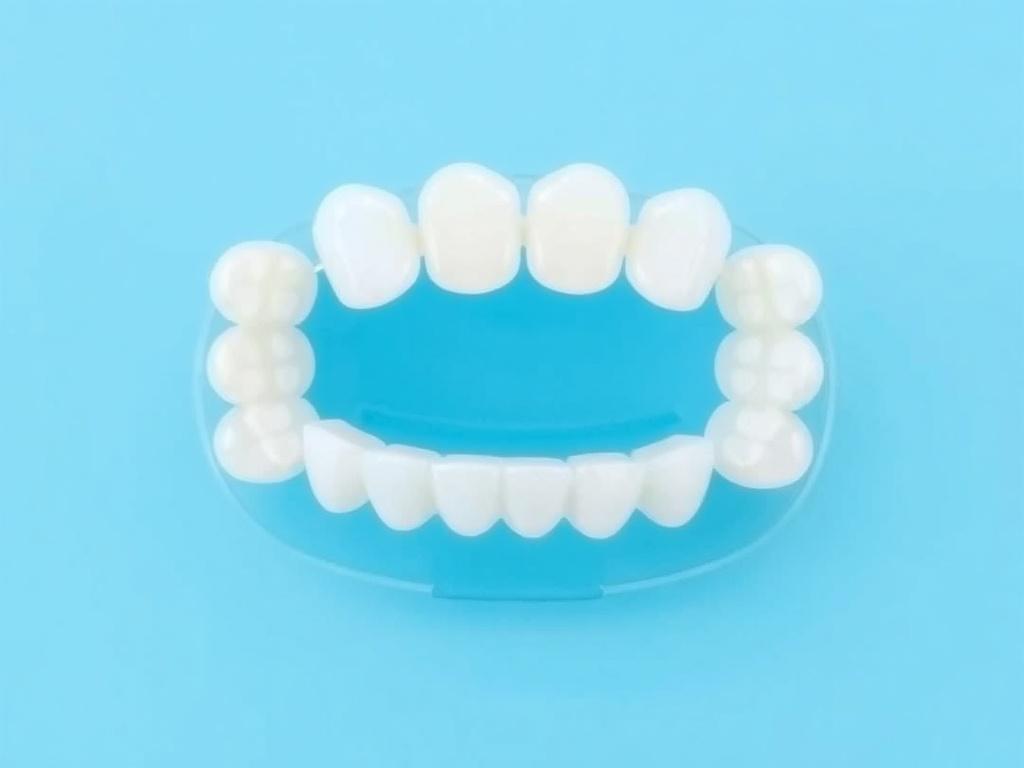
Many patients ask, “Why do I have to wear a retainer after my teeth are straight?” The answer lies in the biology of your mouth. Teeth are held within bone by ligaments that can stretch or contract over time. After orthodontic treatment, these ligaments need time to adapt to the new position of your teeth. Wearing a retainer provides the stability required during this critical period.
But it isn’t just about tooth alignment. Wearing retainers also helps in:
- Preventing bite issues that can arise if teeth move out of place
- Maintaining proper spacing between teeth
- Protecting your investment—orthodontic treatment can be costly, and retainers help you get the maximum return
Without consistent retainer wear, your beautifully aligned smile could slowly become crooked again, sometimes requiring further treatment to fix. This is why orthodontists emphasize the importance of lifelong retainer use, especially at night.
The Different Types of Retainers: Which One Is Right for You?
Understanding options for retainers helps in making informed decisions about what best suits your lifestyle and needs. Here’s an overview:
| Type | Description | Pros | Cons |
|---|---|---|---|
| Hawley Retainer | A removable retainer made of acrylic and metal wires that adjust to your mouth’s contour | Durable, adjustable, allows teeth movement if needed, easy to clean | Visible metal wires, may affect speech initially, bulky compared to clear retainers |
| Clear Plastic Retainer (Essix) | Transparent plastic mold that fits snugly over your teeth | Nearly invisible, comfortable, easy to wear | Less durable, prone to cracking, requires frequent replacement, can trap moisture |
| Fixed Retainer | Thin wire bonded behind the teeth to prevent movement | Invisible, always in place, no effort required by patient | Difficult to clean around, food can get trapped, potential for wire breakage |
This variety ensures you have options, depending on your personal preference, comfort, and the orthodontist’s recommendation.
How Long Do You Need to Wear Retainers?
One of the most asked questions is, “How long do I have to wear my retainer?” The answer varies from person to person. Initially, orthodontists usually recommend full-time wear (about 22 hours a day) for several months after braces. This period is crucial because your teeth are more likely to shift right after treatment.
After that, many patients switch to night-time only wear. However, lifelong use is often encouraged because teeth can move naturally with age and even due to factors like wisdom teeth eruption or changes in bite patterns.
Here is a simple timeline reflecting typical retainer wear:
- First 3 to 6 months: Full-time wear, except during meals and brushing
- 6 months to 1 year: Nighttime wear becomes the norm
- Beyond 1 year: Indefinite nighttime wear to maintain alignment
Staying consistent is the key to protecting your smile in the long run.
Taking Care of Your Retainer: Tips and Tricks
Retainers are delicate appliances that need daily care to keep them clean and functional. Neglecting proper hygiene can lead to unpleasant odors, buildup of bacteria, or even damage to the retainer itself. Here’s a practical guide to retainer care:
- Clean daily: Use a soft toothbrush and mild soap or non-abrasive toothpaste to gently clean your retainer. Avoid hot water as it can warp plastic retainers.
- Use specialized cleaning solutions: Occasionally soak your retainers in denture cleaner or retainer cleaner to remove stubborn deposits.
- Avoid harsh chemicals: Stay away from bleach or antibacterial mouthwash which can degrade the material.
- Proper storage: When not in use, always keep your retainer in its case to prevent loss or damage.
By following these simple steps, retainers can last for years while keeping your mouth fresh and healthy.
Common Problems with Retainers and How to Fix Them
Like any dental appliance, retainers may come with challenges. Being aware of potential issues can help you troubleshoot promptly.
| Issue | Cause | Solution |
|---|---|---|
| Discomfort or Soreness | New retainer fitting or wire positions | Wear consistently to allow adjustment; consult orthodontist if pain persists |
| Retainer Warping | Exposure to heat or improper storage | Keep away from hot water and direct sunlight; get a replacement if warped |
| Broken or Loose Wire (Fixed Retainer) | Wear and tear or accidental trauma | Visit orthodontist for repair immediately to prevent tooth shifting |
| Bad Odor or Staining | Poor hygiene or food buildup | Clean daily, soak weekly, avoid certain foods while wearing retainer |
If you run into persistent problems, don’t hesitate to contact your orthodontic provider promptly.
Retainers and Your Oral Health: More Than Just Alignment
While retainers are often thought of simply as tools to keep your teeth straight, their influence on oral health is broader. For starters, wearing retainers ensures that teeth maintain their proper placement, making oral hygiene easier and more effective. Misaligned teeth can create hard-to-reach areas that trap food and encourage plaque buildup, increasing the risk of cavities and gum disease.
Additionally, fixed retainers can sometimes make flossing more challenging, so it’s essential to use floss threaders or water flossers to keep your gums healthy. Your orthodontist or dentist can offer guidance tailored to your retainer type.
Moreover, some retainers can help protect your teeth from nighttime grinding or clenching (bruxism), doubling as a protective device.
The Cost Factor: Is Investing in Retainers Worth It?
When people weigh the cost of retainers, they often compare it against the initial orthodontic treatment fees. Though retainers entail an additional expense, considering their crucial role in maintaining your smile, it’s a worthwhile investment.
Cost varies depending on the type and your location, but generally:
- Hawley retainers: $150–$300 each
- Clear plastic retainers: $100–$250 each
- Fixed retainers: $250–$500 (bonded wire)
Remember, replacing retainers periodically is common, especially for removable types. Skipping retainer wear to save money can end up costing you more in the long run due to potential orthodontic relapse and retreatment.
Tips for Remembering to Wear Your Retainers
Getting into the habit of retainer use isn’t always easy, especially when life gets busy or if the retainer feels unfamiliar. Here are some handy tips to keep you consistent:
- Set reminders: Use phone alarms or sticky notes at eye level.
- Create a routine: Put your retainer in right after brushing before bed.
- Keep the case handy: Always store it near your toothbrush or in your bag.
- Visualize the goal: Remind yourself of why retainers are important for preserving your smile.
Sticking to these strategies will make retainer wear feel like a natural part of your daily life.
The Psychological Impact of Wearing Retainers
Wearing retainers can sometimes bring up self-consciousness or minor frustrations, especially when you’re adapting to the feel of a foreign object inside your mouth. However, many users report a sense of pride knowing they’re protecting their smile investment. For teens and adults alike, understanding the purpose behind retainers makes the process more meaningful.
It’s also worth noting that transparent retainers have improved in aesthetics, reducing embarrassment. Support groups, online communities, and orthodontic practices can offer encouragement and tips to help you stay motivated.
When to See Your Orthodontist About Retainers
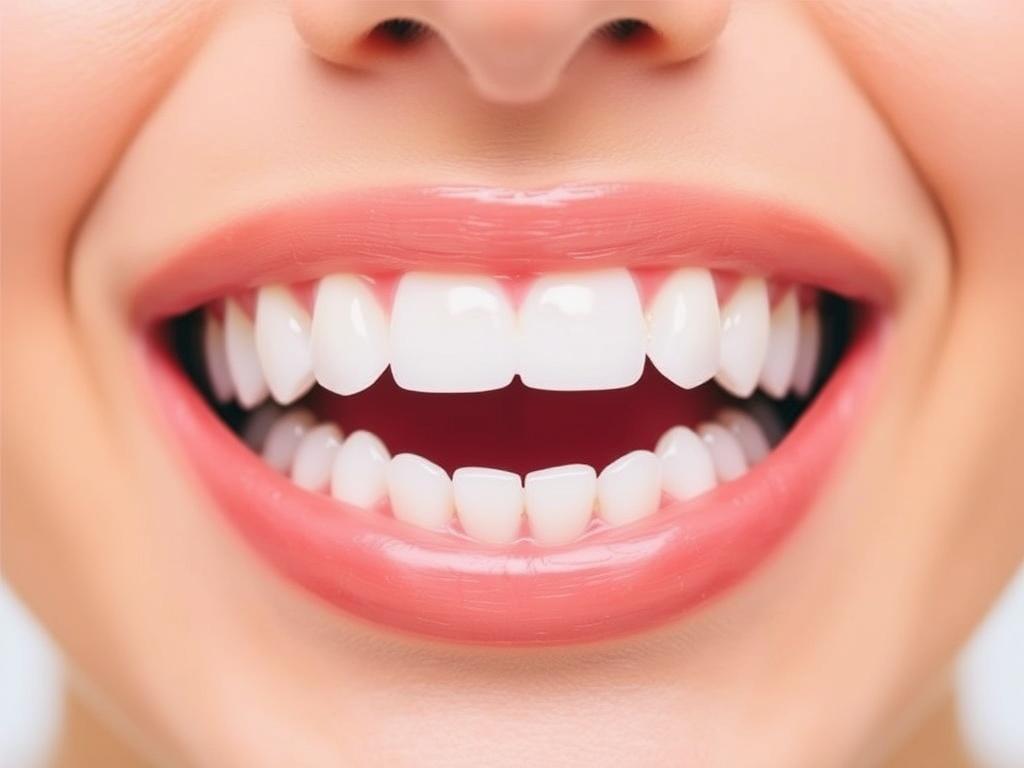
Regular checkups after orthodontic treatment are essential to monitor the condition of your retainers and your dental alignment. You should reach out to your orthodontist if you notice:
- Your retainer feels unusually tight or loose
- Damage such as cracks or bent wires
- Persistent discomfort or pain when wearing your retainer
- Changes in your bite or noticeable tooth movement
These visits ensure early intervention before minor problems become major ones.
Final Thoughts: Embracing Retainers as Part of Your Smile Journey
Retainers are much more than just a final step following orthodontic treatment—they are a lifelong commitment to preserving your healthy, confident smile. Understanding why they’re crucial, recognizing their different types, maintaining proper care, and sticking to wearing them can help you enjoy the fruits of your orthodontic journey for years to come. Whether you choose a fixed retainer silently working behind the scenes or a nearly invisible clear retainer you slip in nightly, the important thing is consistency. Investing your time and care into retainers protects not only the alignment of your teeth but also supports your overall oral health and confidence.
Conclusion
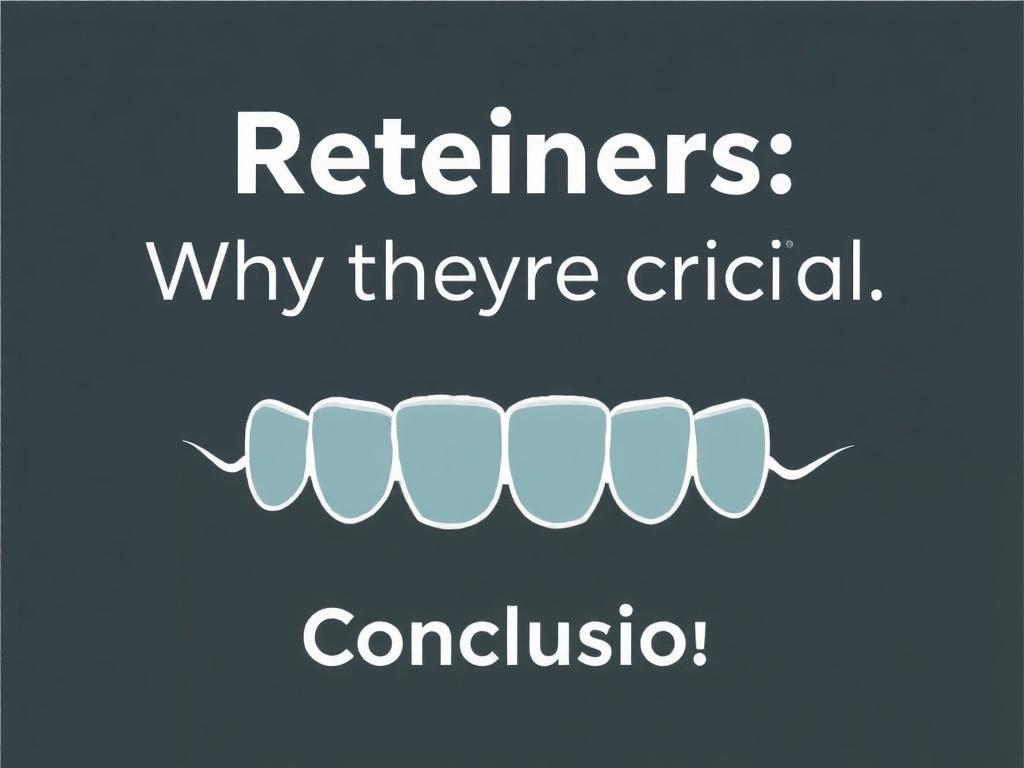
In the journey toward a perfect smile, retainers play an indispensable role that goes beyond aesthetics. Wearing retainers after orthodontic treatment is essential to keep your teeth aligned, prevent relapse, and maintain optimal oral health. Different types of retainers cater to various preferences and lifestyles, but all require proper care and commitment. Although sometimes underestimated, daily wear and hygiene routines safeguard your investment and prolong the benefits of straight teeth. The psychological and financial rewards of adhering to your retainer regimen far outweigh the short-term inconveniences, ensuring you keep smiling confidently for a lifetime. So, whatever your retainer type, embrace it as a vital ally in your smile maintenance plan—your future self will thank you.

